
|
|
|
|
|
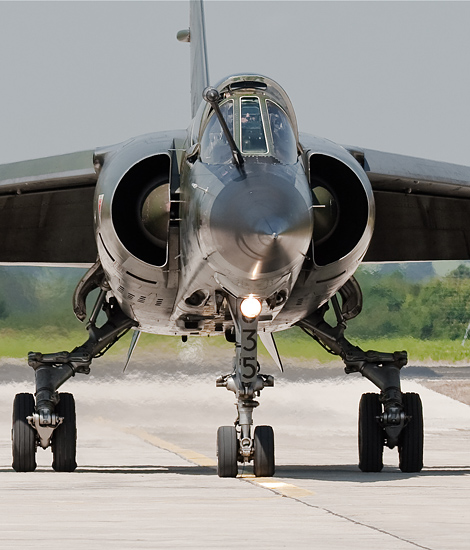
|
Escadron de Reconnaissance 33; Reims-Champagne, June 17, 2008
Reconnaissance with the Mirage F1CR; Text and Photograph's by Alex van Noye
On Tuesday, June 17, 2008, I was welcome at the French air base of Reims-Champagne. Reims is the home base of the French
Mirage F1CR fleet. There are two air reconnaissance units based on this field, namely: Escadron de Reconnaissance 1/33 "Belfort"
and Escadron de Reconnaissance 2/33 "Savoy".
The Dassault Mirage F1 is a fighter of the French aircraft manufacturer Dassault Aviation. The aircraft was the successor of the
French Mirage III. Unlike all his immediate relatives, the Mirage F1 was not equipped with delta wings. The Mirage F1 fleet
formed the backbone of the French Air Force until the Mirage 2000 was introduced in 1984. The Mirage F1 was developed at the
initiative of Marcel Dassault himself. The first prototype flew for the first time on December 23, 1966. In May the following
year, the aircraft was officially approved for a career in the French Air Force. The F1 was clearly superior to the Mirage III.
It had a better thrust and there was 40% more fuel capacity onboard. Also its take-off distance was shorter, it had a bigger
operational range and its maneuverability was better. The first production variant of this type was the Mirage F1C. The aircraft
were equipped with the Cyrano IV radar systems from Thomson-CSF. The aircraft of the French Air Force was therefore suitable to
fly in all weather conditions. The first Mirage F1 entered service with the Armée de l'Air in May 1973 when the first production
aircraft were delivered. These aircraft were then only armed with two 30mm cannons. The Mirage F1 was equipped with R530 air to
air missiles from Matra in 1976. This was a medium-range air to air missile. One year later, the R550 Magic and the American
AIM-9 Sidewinder were introduced in the arsenal of the Mirage F1. The AIM-9 Sidewinder was introduced on request by the Hellenic
Air Force. The Mirage F1 has several times been deployed in various conflicts. The Mirages of the Ecuadorian Air Force were used
during the war with Peru. They never came in action during the Paquisha war. Later, in the Cenepa War, two Mirage F1 aircraft from
Ecuador took two Sukhoi Su-22M Fitters of the Peruvian air force down with Matra R550 Magic missiles. Iraq used the Mirage
F1EQ intensively against air, ground, and sea targets during the war between Iraq and Iran. During the Gulf War the Iraqi air
force was hardly been used because of the massive air superiority of the US-led coalition.
|
|
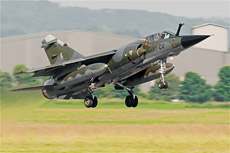
|
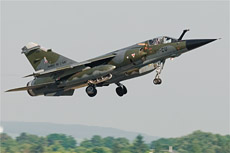
|
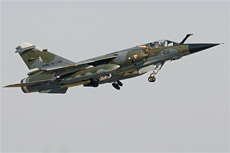
|
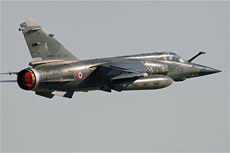
|
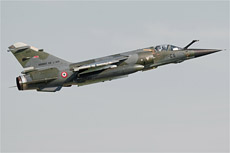
|
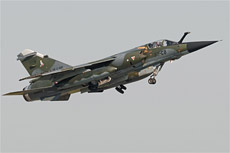
|
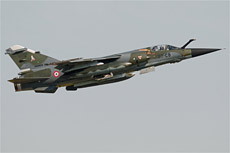
|
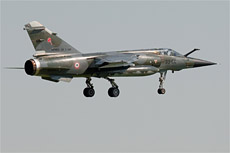
|
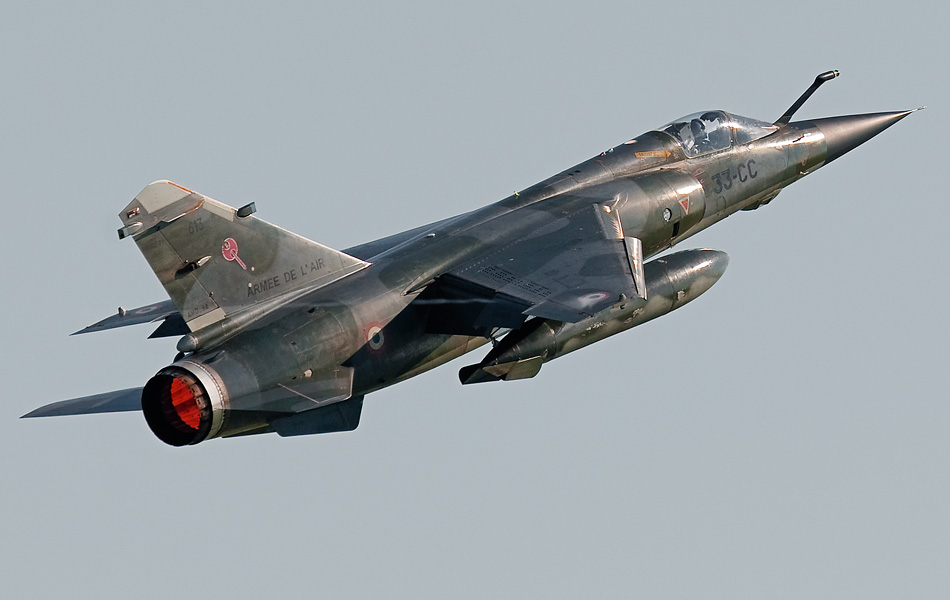
|
When it became clear that the Mirage F1 was a successful production aircraft, Dassault started an investigation to see if it
was a possibility to design a special reconnaissance version of this aircraft. This wish was introduced to Dassault by the French
Air Force. First they investigated if it was possible to design a special photo reconnaissance pod for under the fuselage of
the aircraft. This was done because the costs of a new fighter were big. Many French planes and also export versions of these
aircraft flew already with these kinds of pods under the aircraft. The development of a new French reconnaissance aircraft was
done. The Mirage F1 was chosen as a basic model for this special task. The first Mirage F1CR-200 flew on November 20, 1981. The
Mirage F1CR is able to carry many kinds of reconnaissance equipment in the internal bays and external under the fuselage or wings.
The SAT SCM2400 Super Cyclone infrared line scanning module is installed in the space which was used for the gun in the past. The
space under the nose can be used for a Thomson TRT-40 panoramic camera or a Thomson TRT-33 vertical camera. The Cyrano IVM-R
radar includes an additional land contour mapping module. Additional optical and electronic sensors can be carried on the
suspension points under the fuselage and wings. A total of 64 Mirage F1CR aircraft were built for the French Air force. These
aircraft are all used by the French Air Force and they are also all based at Reims. The Mirage F1CR flew for its first time
on November 10, 1982. The first unit which started using this aircraft became operational with the F1CR in July 1983.
It was the first time I would visit Reims-Champagne. The weather was promising for today, because when I arrived it was already
quite warm. Today we were with a group of 30 people for a tour at Reims. We were guided by a Mirage F1 pilot. Our visit started
well, because the first engines were already started when we arrived. We were positioned on a hill halfway down the runway. It
didn’t took long before the first aircraft appeared at the runway. The Mirages took off one by one and they came loose from the
ground at the point where we stood. The first great action photos of the day were therefore made. It would become a very busy
day today with lots of flying activity. We were brought to the landing after the take-off of six Mirages. Here we were pretty
far from the runway and it was difficult to shoot good pictures. We would not stay long at this place. After the landing of
those six Mirages we were brought to the platform. The visit to this location was the highlight of the day. The platform was
full with Mirages. There were over 20 aircraft at this platform. We walked to the opposite side of the platform because the
light was better at that location. Many Mirages were prepared at this moment for a flight. There was a line of six Mirages in
front of us; five aircraft were prepared for a flight. The ground crew walked a circle around the aircraft for inspection with
the pilots. All the aircraft taxied along us when they started to move to the runway. We were able to shoot a few excellent
pictures of the passing Mirages.
After lunch, we were brought back to the hill halfway down the runway. Suddenly a French Super Puma appeared at the head of
the runway while we were waiting for the Mirages. The helicopter came from Etain and it made an overshoot over the runway.
Unfortunately, more clouds entered the area which made it more difficult to shoot good pictures of the Mirages during take-off.
Normally photography with a cloud base is not too bad, but it is difficult when there are holes in the clouds, because the
contrast is very high in those situations. We were lucky that the cloud base wasn’t too big. After the take-off wave, we went
to the other side of the runway. We were able to shoot photos of the Mirages during their taxi to the platform. This was a
very difficult job, because the heat created a lot of heat waves over the concrete. A total of eight Mirages came in during
our stay at this location. Our visit to Reims came to an end after the recovery of these Mirages. I had gathered so many high
quality pictures during this visit; it was one of my best visits ever.
|
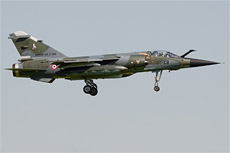
|
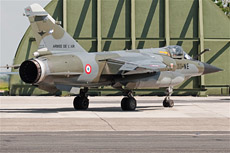
|
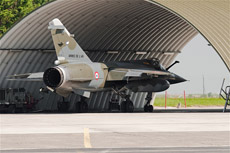
|
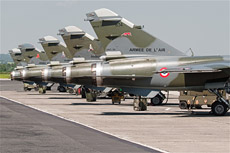
|
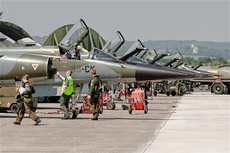
|
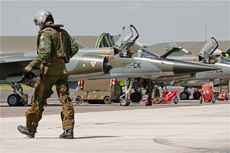
|
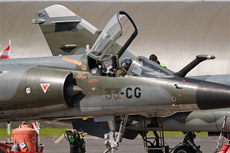
|
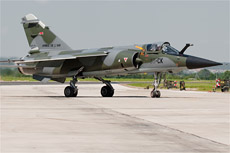
|
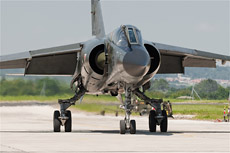
|
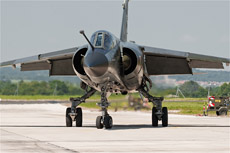
|
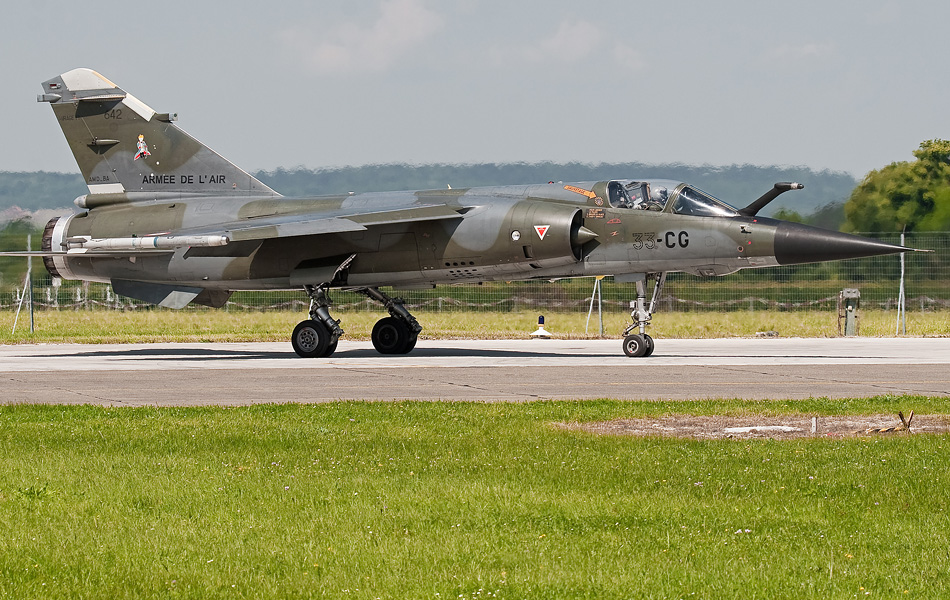
|
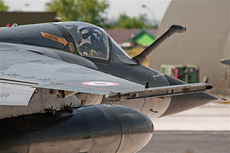
|
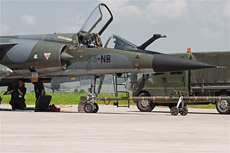
|
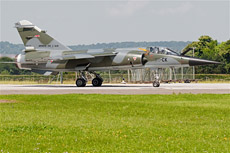
|
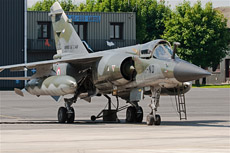
|
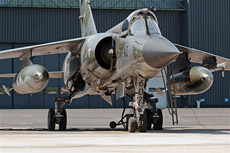
|
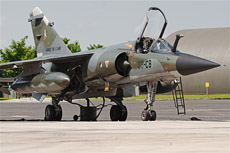
|
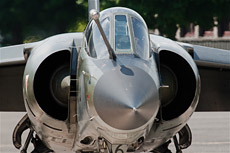
|
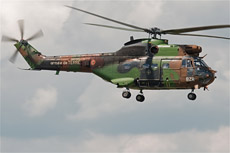
|
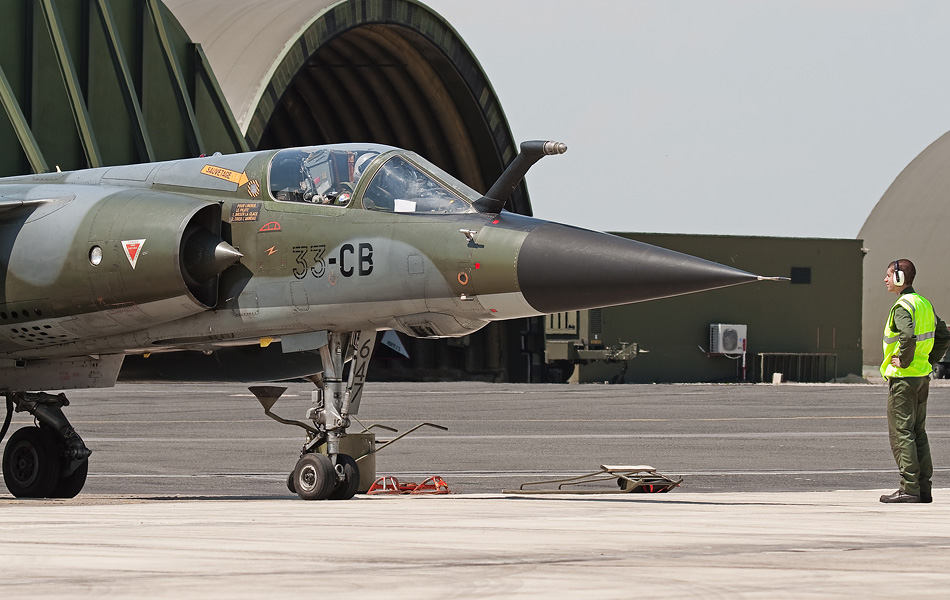
|
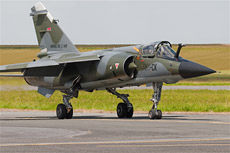
|
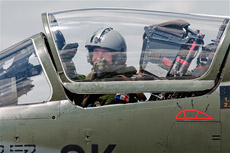
|
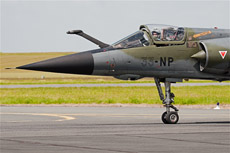
|
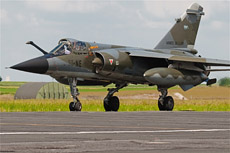
|
|
|

|







